13 Best Herbal Creams For Burns

Herbal creams for burns are topical treatments made from various plant-based extracts, such as aloe vera, tea tree oil, and chamomile, designed to soothe and promote healing of burnt skin.
These creams offer numerous benefits, including reducing pain and inflammation, promoting wound closure, and preventing infection, making them an effective alternative to conventional treatments.
Examples of herbal creams used to treat burns include aloe vera gel, which helps to reduce inflammation and promote healing, as well as tea tree oil, which has antimicrobial properties to prevent infection.
Other herbal creams, such as calendula cream and comfrey cream, are also commonly used to treat burns due to their anti-inflammatory and wound-healing properties, while coconut oil and olive oil are used for their moisturizing and protective qualities.
According to "Journal of ethnopharmacology", creams for burns, Avicenna's Canon of Medicine suggests using Arnebia euchroma (AE) ointment (AEO) as effective for burn healing, which was shown to have a shorter healing time and fewer side effects compared to silver sulfadiazine cream (SSD).
Below there's a list of the 13 best herbal creams for burns.
- 1. Aloe vera creams
- 2. Avena sativa creams
- 3. Calendula officinalis creams
- 4. Melaleuca alternifolia creams
- 5. Symphytum officinale creams
- 6. Boswellia serrata creams
- 7. Cinchona officinalis creams
- 8. Rosmarinus officinalis creams
- 9. Urtica dioica creams
- 10. Capsicum annuum creams
- 11. Silybum marianum creams
- 12. Crocus sativus creams
- 13. Solanum lycopersicum creams
Also you may be interested in...
TODAY'S FREE BOUNDLE
Herb Drying Checklist + Herbal Tea Shopping List + Medicinal Herbs Flashcards
Enter you best email address below to receive this bundle (3 product valued $19.95) for FREE + exclusive access to The Aphotecary Letter.
$19.95 -> $0.00
1. Aloe vera creams

Aloe vera creams have been widely used as a natural remedy to treat burns, and their effectiveness can be attributed to the presence of bioactive constituents such as aloin, aloe-emodin, and acemannan.
These compounds possess anti-inflammatory, antioxidant, and soothing properties that help to calm the affected area, reduce pain and discomfort, and promote wound healing.
The gel-like texture of aloe vera creams provides a protective barrier against further irritation, allowing the skin to heal naturally and minimizing the risk of infection.
The benefits of using aloe vera creams to treat burns include reduced scarring, faster wound closure, and improved skin texture, making it an excellent natural remedy for burn victims.
Related Study
According to "Brazilian journal of biology = Revista brasleira de biologia", Aloe vera creams for burns have been shown to accelerate healing, promote cell migration and proliferation, and provide protective effects against oxidative stress and death of keratinocytes, with studies suggesting a higher healing speed and shorter hospital stay compared to traditional treatments.
2. Avena sativa creams
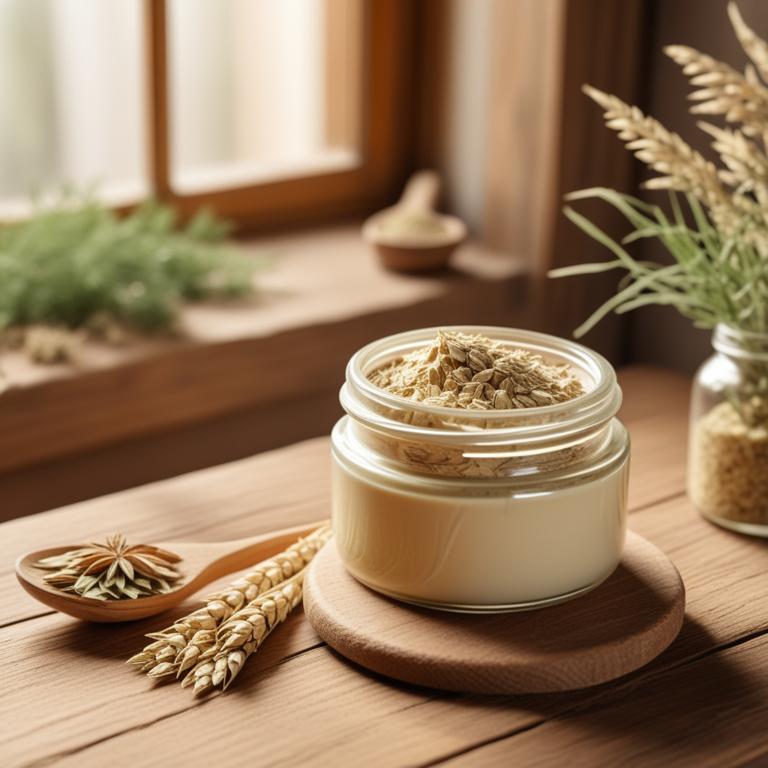
Avena sativa creams have been used to treat burns by leveraging its soothing and anti-inflammatory properties, which help to reduce pain and promote wound healing.
The herbal preparation contains bioactive constituents such as avenanthramides, flavonoids, and phenolic acids that contribute to its therapeutic effects by reducing inflammation, preventing bacterial growth, and promoting tissue repair.
The use of Avena sativa creams can help to treat burns by accelerating the healing process, reducing the risk of infection, and minimizing scarring.
The benefits of using Avena sativa creams to treat burns include faster recovery, reduced discomfort, and improved wound appearance, making it a potential alternative or complementary treatment option.
3. Calendula officinalis creams

Calendula officinalis creams have been traditionally used to treat burns due to their anti-inflammatory, antimicrobial, and wound-healing properties.
These herbal preparations help to treat burns by promoting tissue repair, reducing inflammation, and preventing infection, thereby facilitating the healing process.
The bioactive constituents of Calendula officinalis creams, including triterpene saponins, flavonoids, and carotenoids, contribute to their therapeutic effects by modulating the immune response and reducing oxidative stress.
Regular use of Calendula officinalis creams has been shown to provide numerous benefits in the treatment of burns, including reduced scarring, improved wound closure rates, and enhanced patient comfort.
Related Study
According to "Life (Basel, Switzerland)", Calendula officinalis creams for burns may be effective in wound treatment and infection prevention due to its considerable pharmacological properties, which facilitate the treatment of cuts and burns by promoting a healthy wound healing process.
4. Melaleuca alternifolia creams

Melaleuca alternifolia creams, derived from the Australian tea tree, have been traditionally used to treat burns and promote wound healing.
The anti-inflammatory, antimicrobial, and antioxidant properties of this herbal preparation help to soothe and protect the affected skin, reducing the risk of infection and promoting a faster recovery.
The bioactive constituents, including cymene, pinene, and terpinen-4-ol, exhibit potent antimicrobial activity, which aids in the treatment of burns by inhibiting the growth of pathogens and promoting a healthy environment for wound healing.
The benefits of using Melaleuca alternifolia creams to treat burns include reduced pain, inflammation, and scarring, as well as improved wound healing and a lower risk of infection.
Related Study
According to BioMed Research International, Melaleuca alternifolia creams for burns have not been specifically mentioned in the study; however, the study's results show that ointments containing Myrtus (which is another name for Melaleuca alternifolia) exhibited anti-inflammatory, antimicrobial, and wound healing properties, which could potentially be beneficial for burns.
5. Symphytum officinale creams
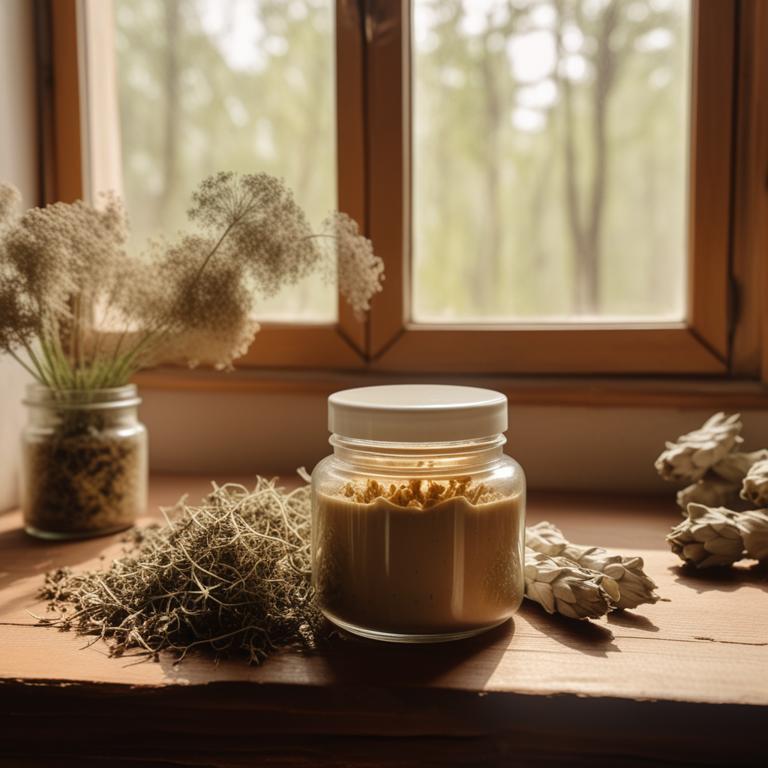
Symphytum officinale creams are a popular herbal preparation used to treat burns and promote wound healing.
The mucilages present in this cream, such as althea and glycoproteins, help to soothe and protect the affected area by forming a protective barrier against bacteria and promoting a moist environment conducive to healing.
The anti-inflammatory properties of Symphytum officinale creams, which are attributed to the presence of bioactive constituents like allantoin and rosmarinic acid, help to reduce pain and inflammation associated with burns.
The benefits of using Symphytum officinale creams for burn treatment include faster wound closure, reduced scarring, and improved patient comfort, making it a valuable addition to modern wound care.
6. Boswellia serrata creams
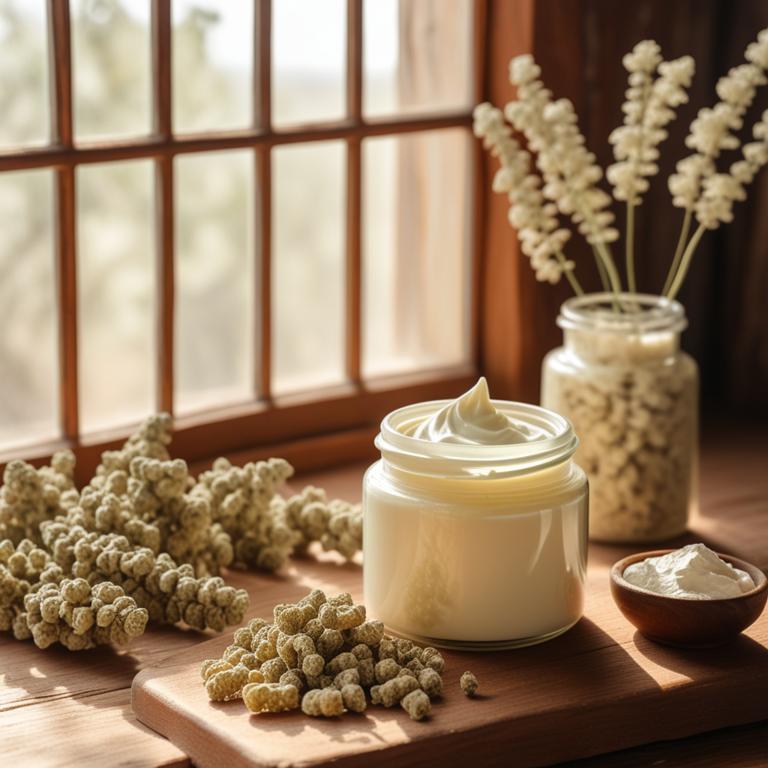
Boswellia serrata creams have gained attention for their potential to treat burns, a painful and potentially serious condition.
The anti-inflammatory properties of this herbal preparation, attributed to the presence of boswellic acids, help to reduce inflammation and promote wound healing.
By inhibiting the production of pro-inflammatory enzymes, such as COX-2 and lipoxygenase, boswellic acids facilitate the repair of damaged tissue and mitigate pain.
The benefits of using Boswellia serrata creams to treat burns include accelerated healing, reduced scarring, and alleviated discomfort, making it a promising natural remedy for this ailment.
7. Cinchona officinalis creams
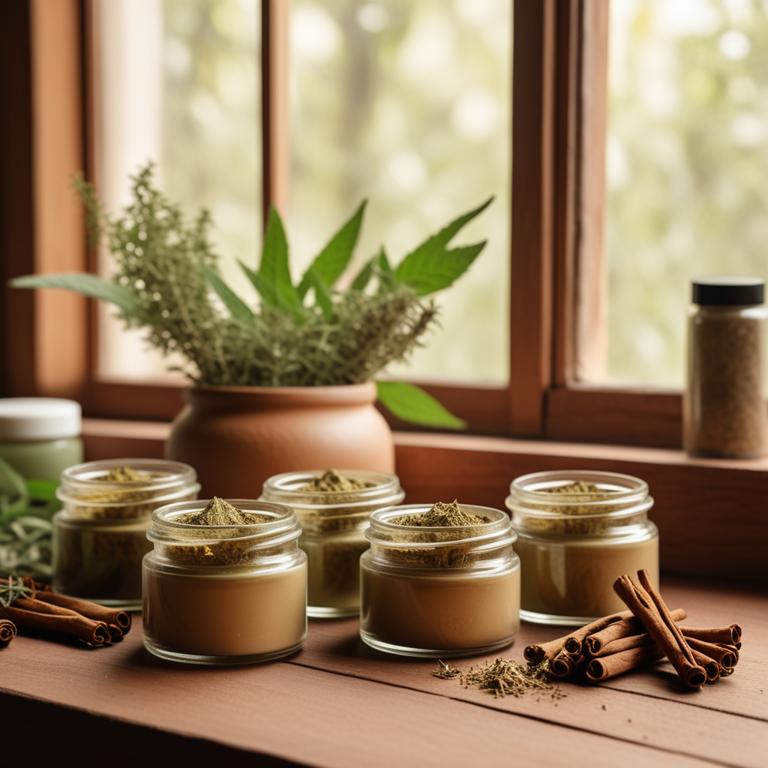
Cinchona officinalis creams are a herbal preparation used to treat burns and alleviate the associated pain and discomfort.
These creams possess anti-inflammatory and analgesic properties that help to reduce swelling and ease the pain of burns, making it an effective remedy for this ailment.
The bioactive constituents present in Cinchona officinalis, such as quinine and alkaloids, play a crucial role in treating burns by reducing inflammation and promoting wound healing.
The benefits of using Cinchona officinalis creams to treat burns include reduced risk of infection, accelerated healing, and minimization of scarring, making it a valuable natural remedy for individuals affected by burns.
8. Rosmarinus officinalis creams
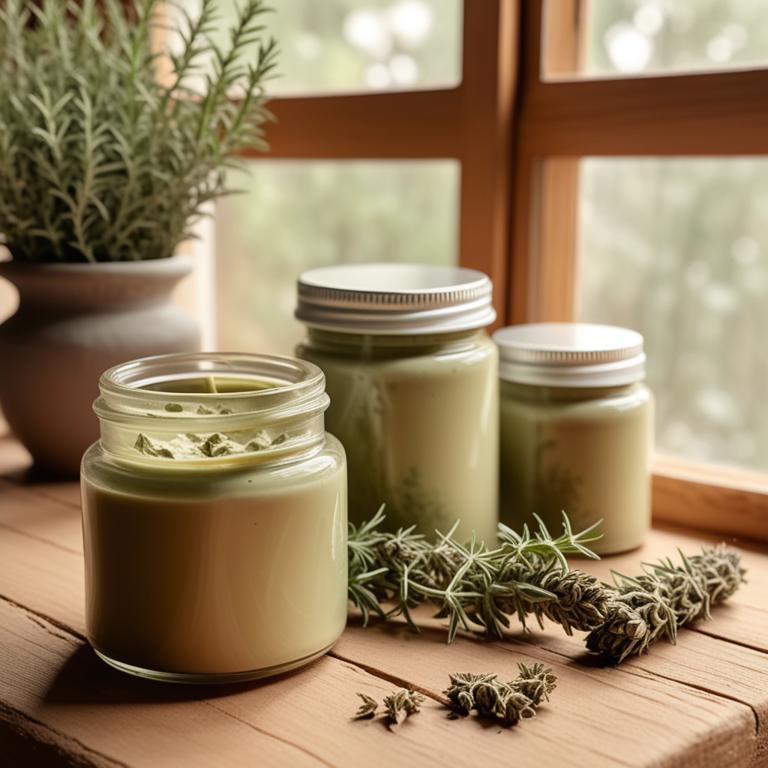
Rosmarinus officinalis creams, derived from the fragrant herb rosemary, have been traditionally used to treat burns, taking advantage of its anti-inflammatory and antimicrobial properties.
These creams help to treat burns by promoting wound healing, reducing pain and inflammation, and preventing infection.
The bioactive constituents of rosemary, including carnosic acid, ursolic acid, and rosmarinic acid, contribute to its therapeutic effects by exhibiting antioxidant and anti-inflammatory activities.
The benefits of using Rosmarinus officinalis creams to treat burns include accelerated wound healing, reduced scarring, and improved tissue regeneration, making it a promising natural remedy for burn care.
Related Study
According to the "Journal of applied biomedicine", Rosmarinus officinalis creams for burns have shown excellent healing properties and antimicrobial activity against multi-drug resistant (MDR) pathogens such as Pseudomonas aeruginosa and Aspergillus niger, making them a promising treatment for wound infections.
9. Urtica dioica creams
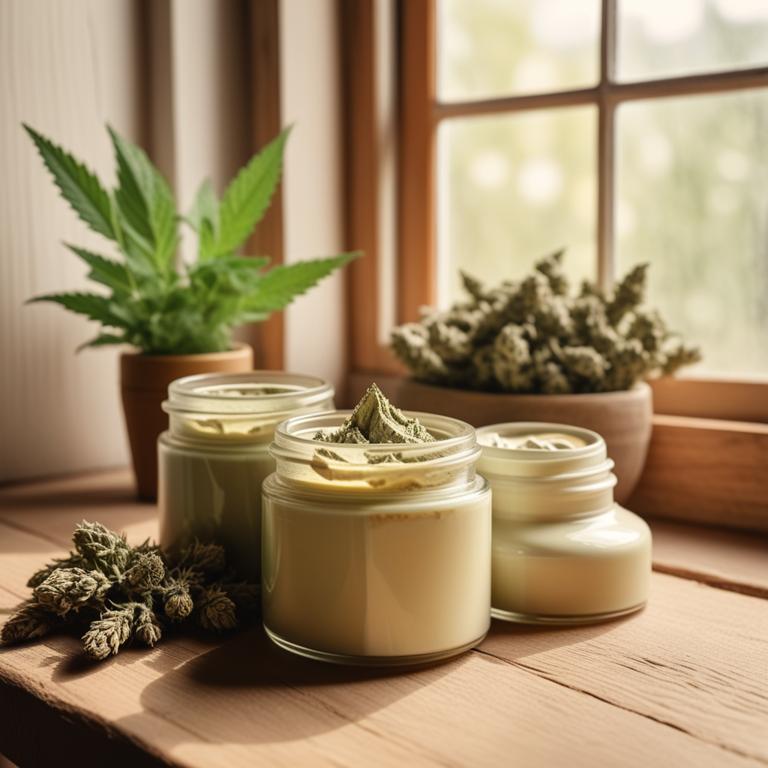
Urtica dioica creams, derived from the stinging nettle plant, have been traditionally used to treat burns and promote wound healing.
The anti-inflammatory and antioxidant properties of this herbal preparation help to reduce pain and swelling, promote tissue repair, and prevent infection.
The bioactive constituents of Urtica dioica, including flavonoids, phenolic acids, and alkaloids, are responsible for its medicinal effects, which help to soothe and calm the skin, reducing the risk of scarring and promoting faster healing.
The benefits of using Urtica dioica creams to treat burns include reduced pain and discomfort, accelerated wound healing, and minimized risk of complications, making it a natural and effective alternative to conventional treatments.
Related Study
According to "Molecules (Basel, Switzerland)", Urtica dioica creams for burns may help heal wounds faster, as studies have shown that applying an ointment containing Urtica dioica extract resulted in wounds healing in 9 days, compared to 13 days for untreated wounds.
10. Capsicum annuum creams
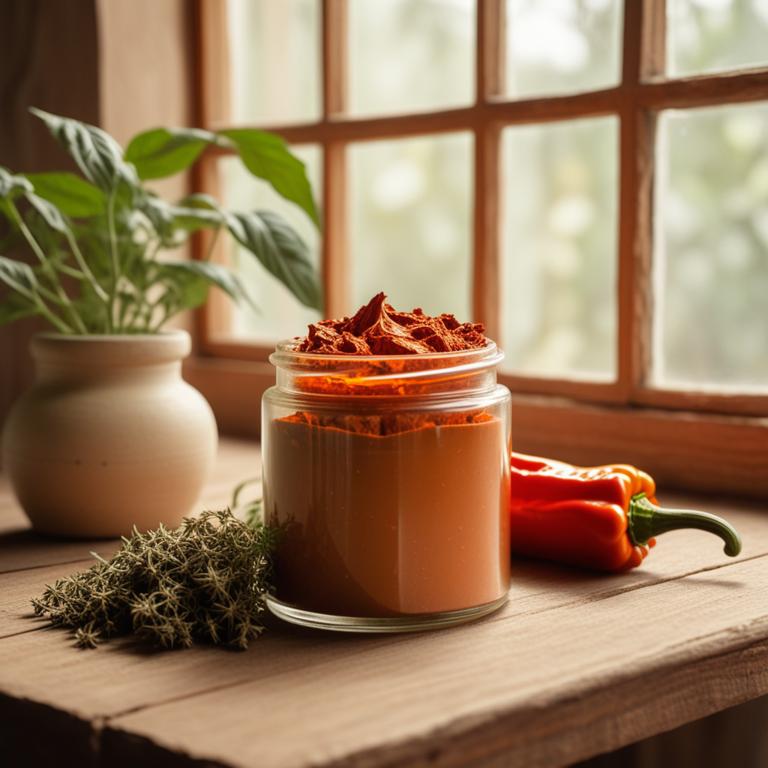
Capsicum annuum creams have been traditionally used to treat burns due to their anti-inflammatory, antimicrobial, and antioxidant properties, which help to reduce pain, prevent infection, and promote healing of the affected area.
The herbal preparation contains bioactive constituents such as capsaicin, which acts as a natural analgesic and anti-inflammatory agent, helping to alleviate burn pain and reduce inflammation.
Capsicum annuum creams work by creating a protective barrier on the skin, promoting wound healing, and reducing the risk of infection, making it an effective treatment for burns.
The benefits of using Capsicum annuum creams to treat burns include reduced pain, faster healing time, and minimized risk of scarring and infection, making it a popular natural remedy for burn victims.
11. Silybum marianum creams
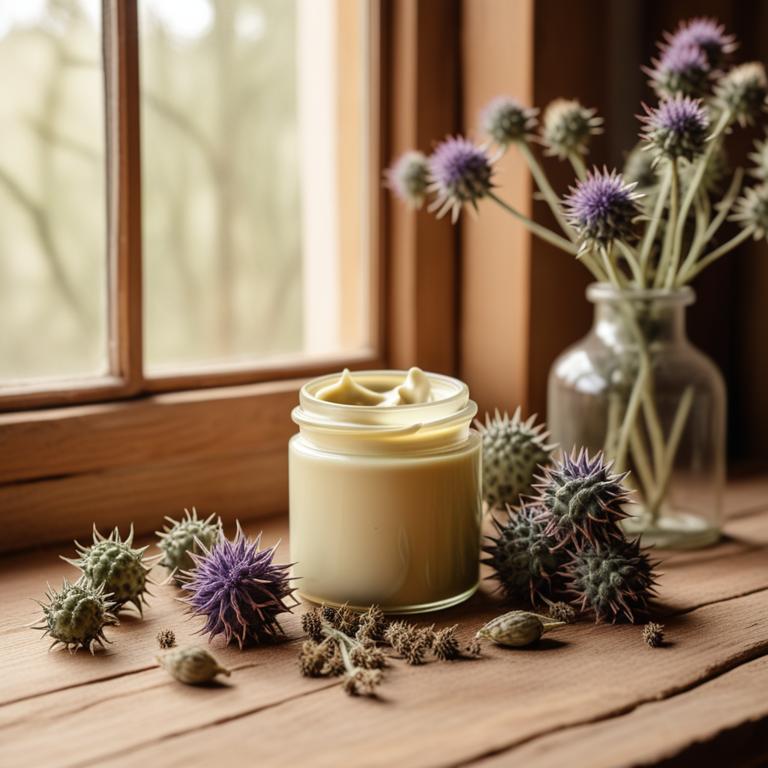
Silybum marianum creams have gained attention for their potential in treating burns due to their anti-inflammatory and antioxidant properties.
The herbal preparation's ability to accelerate wound healing and reduce oxidative stress is attributed to the presence of bioactive constituents such as flavonoids, terpenoids, and silymarin.
These properties help to treat burns by promoting tissue repair, reducing inflammation, and preventing bacterial infections.
The benefits of using Silybum marianum creams for burn treatment include faster healing times, reduced scarring, and improved overall patient outcomes.
12. Crocus sativus creams
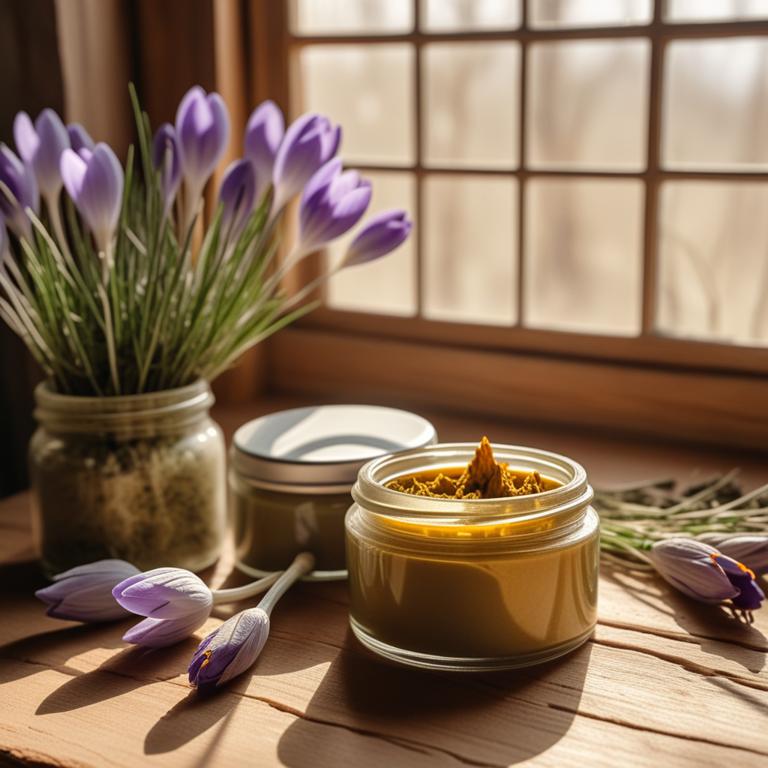
Crocus sativus creams, derived from the saffron flower, have been traditionally used to treat burns and promote wound healing.
The properties of this herbal preparation, including its anti-inflammatory and antimicrobial properties, help to reduce pain, prevent infection, and promote tissue repair.
The bioactive constituents of Crocus sativus creams, such as crocin and crocetin, exhibit potent antioxidant and anti-inflammatory activities that help to accelerate wound healing and reduce the risk of scarring.
The benefits of using Crocus sativus creams to treat burns include reduced pain and inflammation, improved wound healing, and enhanced tissue regeneration, making it a valuable natural remedy for burn victims.
Related Study
According to "Planta medica", Crocus sativus creams for burns have been found to significantly stimulate burn wound healing by modulating the healing phases, promoting active proliferation and migration of human dermal fibroblast cells, and reducing inflammation.
13. Solanum lycopersicum creams

Solanum lycopersicum creams have been used traditionally to treat burns, leveraging their potent anti-inflammatory and antimicrobial properties to soothe and accelerate wound healing.
The herbal preparation helps to treat burns by reducing pain, preventing infection, and promoting tissue repair, ultimately promoting faster recovery.
Bioactive constituents such as lycopene, beta-carotene, and flavonoids present in Solanum lycopersicum creams contribute to their therapeutic effects, exerting antioxidant and anti-inflammatory activities that aid in burn treatment.
The benefits of using Solanum lycopersicum creams to treat burns include reduced scarring, minimized risk of infection, and improved wound healing, making it a valuable natural remedy for burn victims.